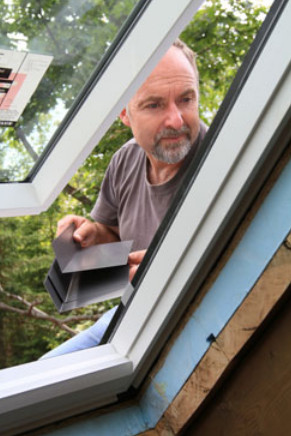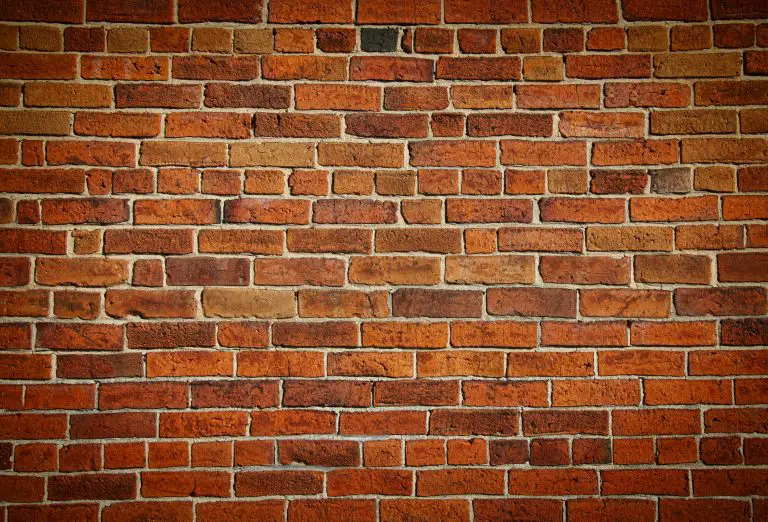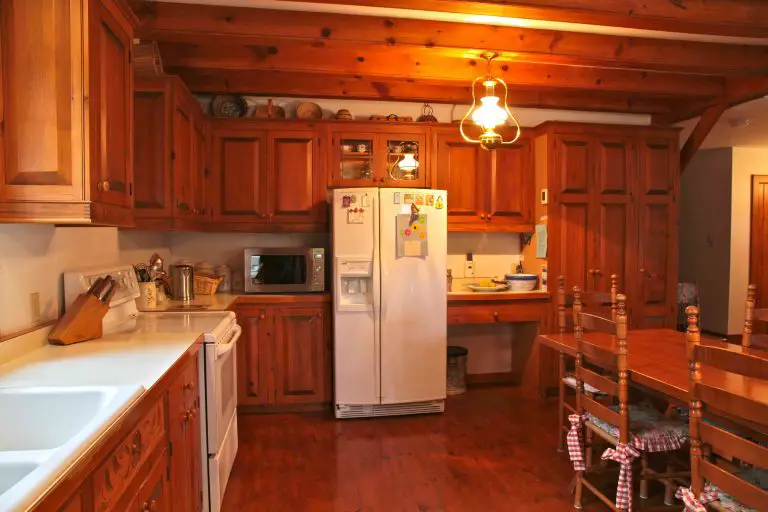During the heat waves of this past July (2011), I got an invitation from CBC radio, asking me to speak on various stations across Canada about how to keep cool without relying entirely on air conditioning. Most of the short-term tricks were obvious – using fans, opening windows at night, and taking a cool shower before bedtime. More effective than these, however, are the longer term technical changes you can make to your home. Even with some of the hot weather behind us for this year, it makes sense to consider a few home improvement features that’ll make your house more comfortable during future heat waves, all without relying entirely on AC.
One of the simplest options involves adding a layer of radiant foil above your existing attic insulation. Though this doesn’t add much R value, it does reflect radiant energy upwards in a big way, away from living quarters below. Installation is simply a matter of laying these flexible, plastic sheets down over the attic area.
Another trick is increasing the amount of attic ventilation with electric fans made especially for the job. Many attics often reach temperatures higher than 60ºC on hot days. Mechanical ventilation can make for much cooler upper floors by reducing attic temperatures by 15ºC or 20ºC. Even though attic fans do use electricity, it’s much less than an air conditioner.
 Are you planning to install skylights in your home? Make sure you choose the kind that can be opened. I know from experience that it’s amazing how much cooler the entire house becomes when you can let hot air escape from the top of the highest ceiling areas. It’s hard to beat the upward flow of air that you feel in every room.
Are you planning to install skylights in your home? Make sure you choose the kind that can be opened. I know from experience that it’s amazing how much cooler the entire house becomes when you can let hot air escape from the top of the highest ceiling areas. It’s hard to beat the upward flow of air that you feel in every room.
One reason why so many older homes were designed with open verandahs is because they offer a cool, breezy and shady place to sit. The roof of a verandah also protects windows, doors and deck floors from the weather. If you’re considering a new deck, think about adding a roof to it. It adds a lot of benefit in hot weather, while also providing useful space outdoors on rainy days. Existing decks can often be retrofitted with a roof, too.
Planting leafy trees on southern areas of your yard will take years to provide cooling shade to your house, but it’s still worth doing. These work better than evergreens, since leafy trees drop their leaves in the fall, allowing wintertime sun to warm your house.
Sometimes air conditioning is still a reasonable option, especially for humidity control. Ductless mini-split air conditioners offer more efficient cooling action by directing cool air to rooms where it’s needed. And since they deliver cooling action high up on the wall, it does the most good for the least investment in electricity.












